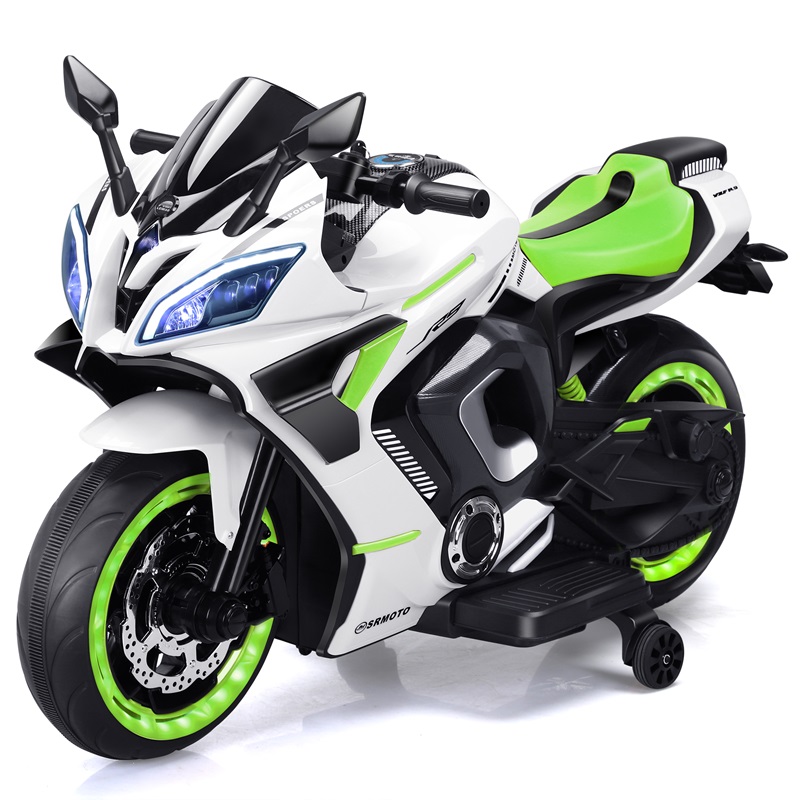smart balance scooter battery
Understanding Smart Balance Scooter Batteries A Comprehensive Overview
Smart balance scooters, commonly known as hoverboards, have rapidly gained popularity over the past few years as a fun and convenient mode of transportation. Central to their operation is the battery, which powers the device's electric motors, allowing riders to glide effortlessly on various surfaces. Understanding the intricacies of smart balance scooter batteries is crucial for users looking to maximize their riding experience and ensure the longevity of their device.
Types of Batteries Used in Smart Balance Scooters
Most smart balance scooters are equipped with lithium-ion batteries. These batteries are favored for their lightweight, compact size, and high energy density. Unlike lead-acid batteries, which are heavier and bulkier, lithium-ion batteries provide a significant advantage when it comes to weight and portability. They also have a lower self-discharge rate, meaning they retain their charge longer when not in use.
Another notable feature of lithium-ion batteries is their ability to deliver a consistent output voltage, which is vital for the performance of the scooter. The typical voltage for hoverboard batteries ranges from 24V to 36V, enabling the scooter to achieve optimum speed and acceleration.
Battery Capacity and Performance
Battery capacity is measured in ampere-hours (Ah) or milliampere-hours (mAh), and it directly impacts the range and runtime of the scooter. A higher capacity battery allows for longer rides before needing to recharge. For instance, a 4400mAh battery may provide a range of approximately 12-15 miles on a single charge, depending on factors such as rider weight, terrain, and riding style.
It’s important to note that battery performance can be affected by environmental conditions. Cold temperatures can reduce the efficiency of lithium-ion batteries, resulting in decreased range and power. Therefore, it’s advisable to store and operate the scooter in moderate temperature conditions to ensure optimal performance.
smart balance scooter battery

Charging and Maintenance
Proper charging and maintenance of the smart balance scooter battery significantly influence its lifespan. Most lithium-ion batteries typically require 1.5 to 3 hours to fully charge. It’s crucial to use the charger provided by the manufacturer to avoid potential damage. Overcharging can lead to battery swelling and decreased performance, while undercharging may lead to deeper discharges that can harm the battery's health.
Users should also be aware of the importance of regular maintenance. Checking the battery's health can involve monitoring its performance and ensuring no swelling or damage is visible. If a battery shows signs of wear or regularly fails to hold a charge, it may be time for a replacement. Most lithium-ion batteries can last anywhere from 300 to 500 charge cycles, depending on usage and care.
Signs of Battery Issues
There are several symptoms that may indicate your smart balance scooter battery is experiencing problems. If you notice shorter rides than usual or if the scooter is struggling to reach full speed, it may be a sign that the battery is losing capacity. Additionally, if the battery charges unusually quickly or takes much longer than previous charge times, it’s wise to further investigate the issue.
Moreover, any visible swelling of the battery pack can pose a serious safety risk and should be addressed immediately. In such cases, it is essential to stop using the scooter and consult a professional for battery replacement or repair to prevent accidents.
Conclusion
In summary, the battery is a critical component of smart balance scooters, directly affecting their performance, safety, and rider experience. Understanding the types of batteries used, their capacities, and maintenance protocols can help users take better care of their devices. Regular monitoring of battery performance and timely interventions at the first signs of trouble can ensure a safe and enjoyable riding experience for years to come. Embracing proper knowledge about smart balance scooter batteries not only prolongs the life of the scooter but also enhances the overall satisfaction of riding.
-
Children's Tricycle: Enlarged Seat, Sunshade & Safety Push BarNewsAug.31,2025
-
Sports Kids Bike: High Carbon Steel Argon Arc Welded Frame | Beautiful GiftNewsAug.30,2025
-
Ultimate 24V Children's Car: Power, Fun & Safety for KidsNewsAug.29,2025
-
Children's Electric Car Ride Ons: 2-Seater, Bumper & Audi ModelsNewsAug.28,2025
-
Understanding Voltage in Battery for Children's Motorized CarNewsJun.05,2025
-
Safety Features to Look for in an Electric Car for KidsNewsJun.05,2025
